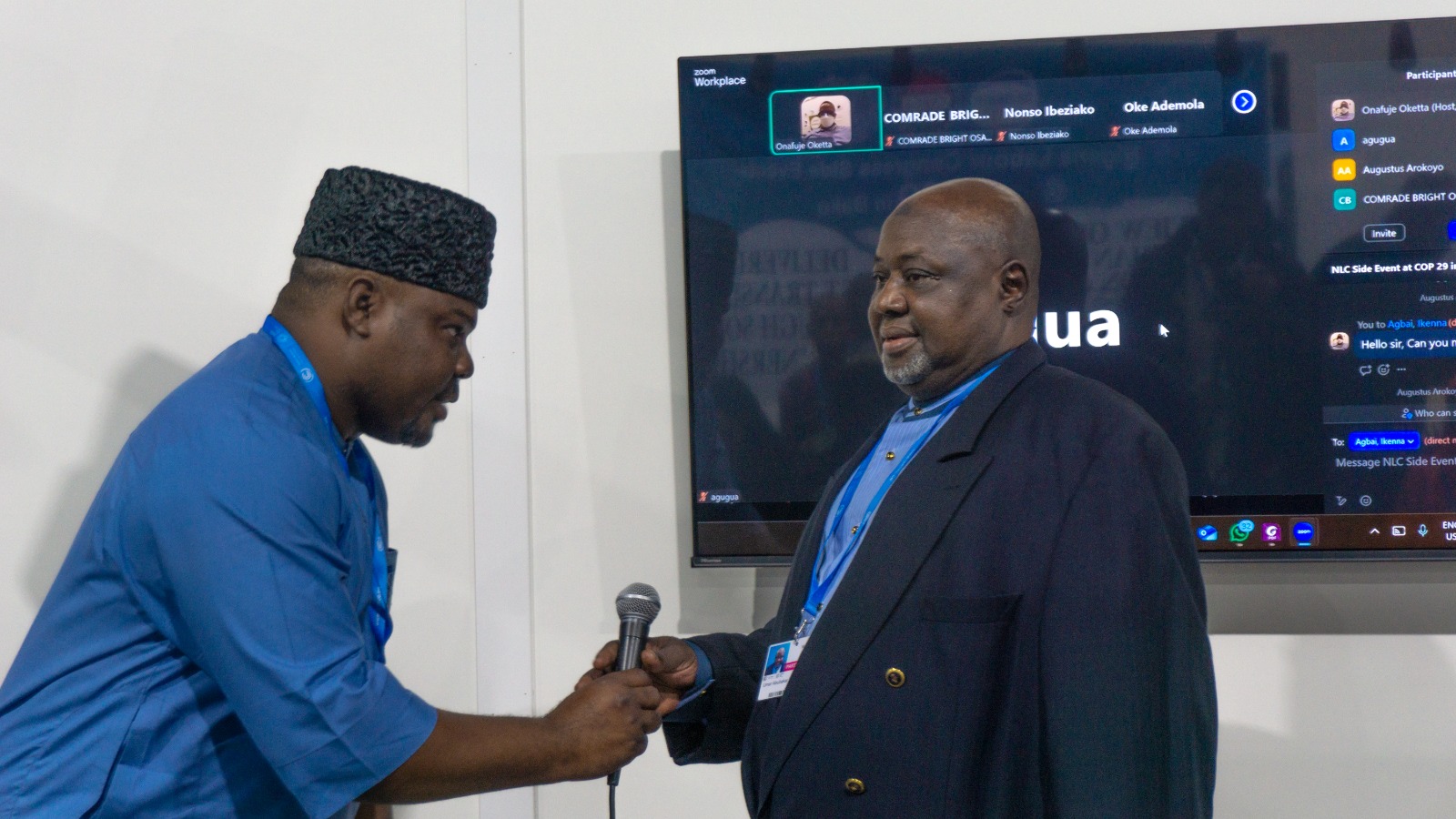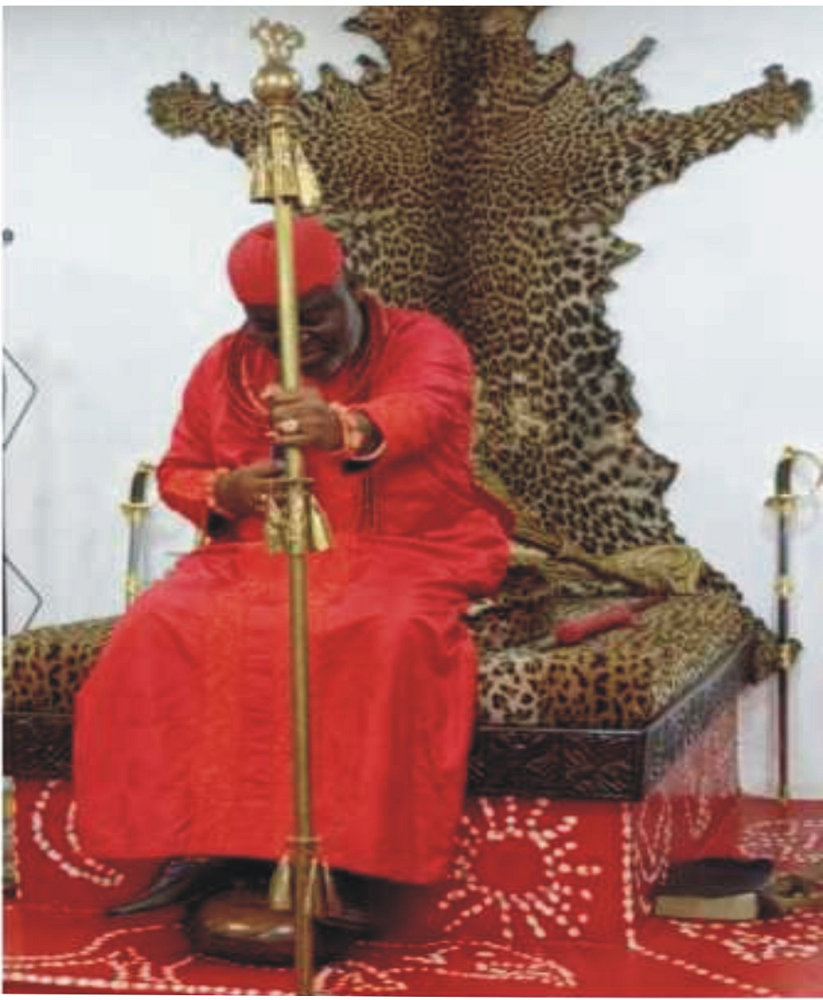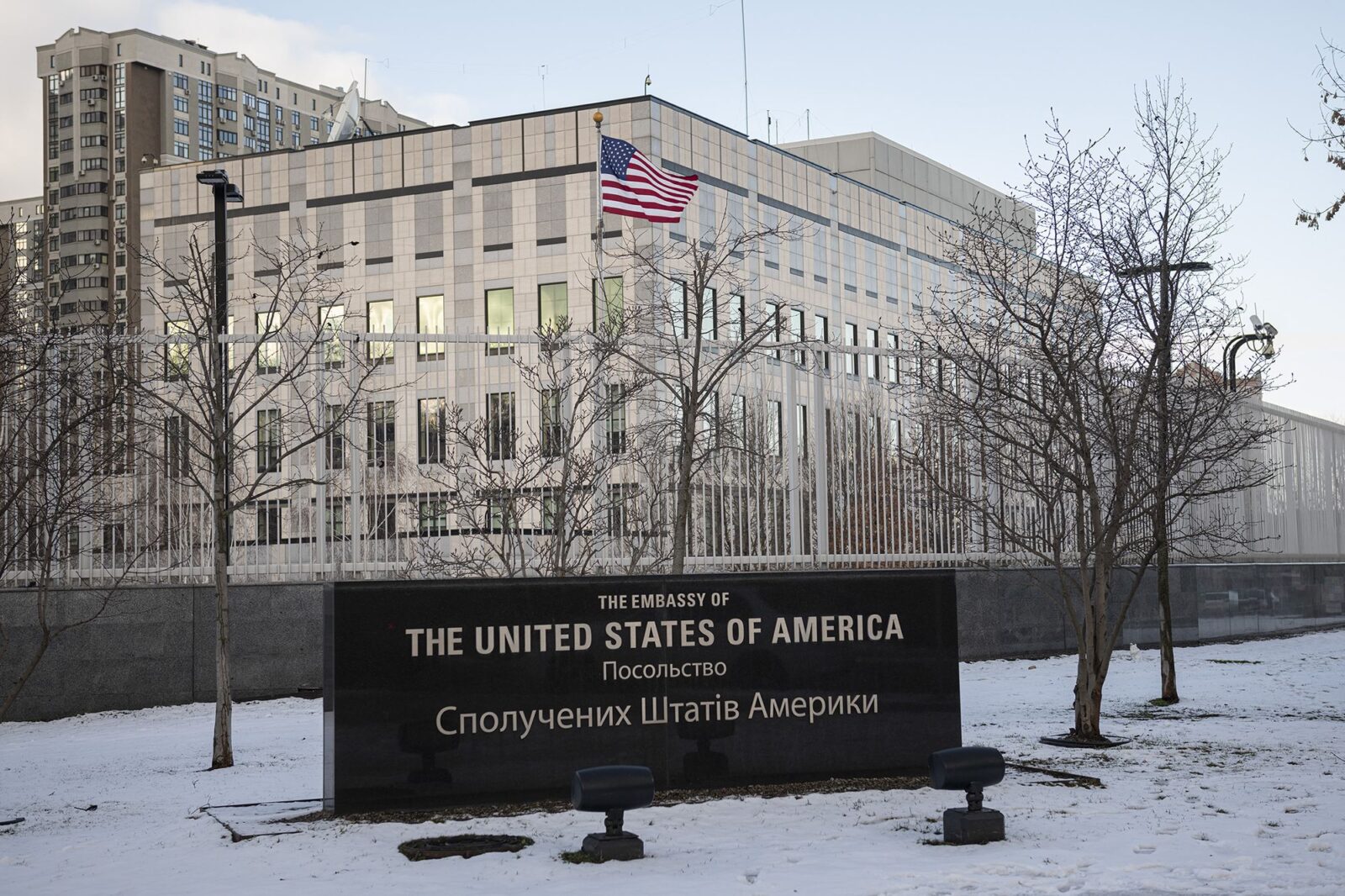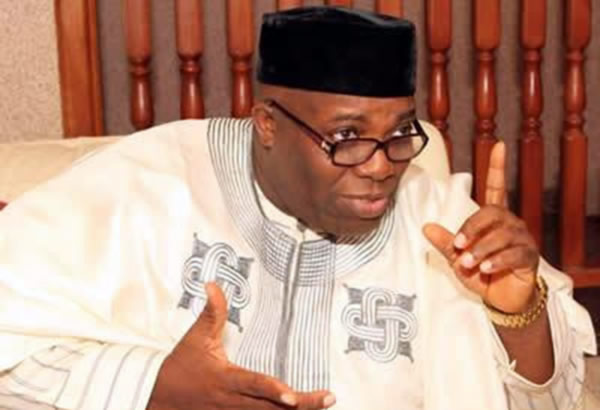November 20, 2024November 20, 2024
By Chuks Oyema-Aziken (Baku, Azerbaijan)
An Australian expert, Professor Usha Iyer-Raniga has called for localized climate change intervention actions in vulnerable countries.
She said this in an exclusive interview with THE AUTHORITY at the ongoing COP29 in Baku Azerbaijan.
Iyer-Raniga who was Co-Lead UN One Planet Network Sustainable Buildings and Construction Programme, now Co-Lead of the Circular Built Environment, Materials Hub of the Global Alliance for Buildings and Construction said developed countries have a moral obligation to support the vulnerable countries.
“I think it’s actually morally and ethically difficult for developing countries to suddenly take on the responsibility for creating our environmental problems, because this is a legacy that the developed world has left behind. So, when it comes to climate finance, we need to try and bring in co-financing at local levels wherever possible.
“But I also think it’s a responsibility of the developed world to ensure that the examples and the ways in which they have led built environment development is no longer fit for purpose. They’re now trying to show leadership and should bring in a lot of more hand-holding for the developing world.
“There will be a number of steps that need to be taken to move from the current considered lack of inaction in the developing world to the developed world. It is the responsibility of the developed world to help the developing world.
“And in order to be able to do that, you need to open out things like education, local jobs, local opportunities for the developing world. If the developed world is giving money, then that money should not be tied with experts coming from different parts of the world into the developing world and actually building like they have done in the developed world. It doesn’t work like that.
“Associated with the built environment, it should not work like that because we are taking with us all the mistakes that the developed world did and have done into the developing world.
“You need to think about this in a completely different way. We need to think about this in a systemic way. And we need to, wherever possible, bring in indigenous practices, indigenous knowledge, indigenous culture, skills, development, knowledge, understanding and training that are locally appropriate.
“So that the built environment that was in existence for thousands of years and existed quite well before bringing in Western thoughts and thinking. I don’t mean go back to where it was a thousand years ago, but where it really helps the local people to adjust to the local climate, the cultures….a building that you currently see in Sweden or Denmark and based on the climate for that context cannot be brought directly into Nigeria and Africa.”

 21 hours ago
1
21 hours ago
1













